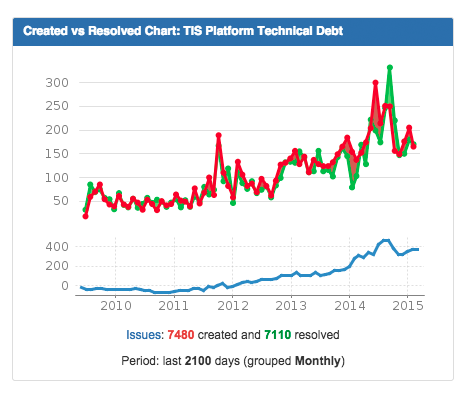
Jira is enabling more developers to take greater control over their releases with the introduction of feature flagging. It’s also allowing coders to launch new features at faster speeds, without disrupting the flow of the greater application experience.
Feature flags are if-statements that allow developers to control the function of the feature itself. This means that developers have complete access to simply turn on or turn off a feature within the codebase. It allows developers to limit buggy releases by controlling the launch size during early testing.
63 percent of developers reported better feature testing when using Jira’s feature flagging system. There is greater confidence introduced into the feature release protocol, when working with flags. It creates a more experimental environment, giving direct insights back to the development teams.
Advantages of localized testing

Localized or batched feature releasing helps developers understand the response to the launch of a new feature. This creates a more controlled environment in which testing can be done early on. Developing workflows and documentation becomes that much easier when using Jira’s software flagging feature. All stakeholders are on board during the launch of new features.
Developers can also govern the rules of the launch as well, going out to specific users or groups of customers. Teams can clear out previous flags or choose to work on new ones as they arise. There is more control given to the project manager who can work on localized releases.
Jira fetaure flags also provide teams direct feedback as and when they’re working on new features. This is critical so as to define the project scope better. When customers respond positively to a certain feature, development teams can work on that area or feature set further.
Additionally, if certain customer sets respond better than others, the information can be directly shared with the company’s marketing teams.
Innovation in product development

Using the Jira software flagging feature allows developers to also understand the marketplace better while testing different features out in limited release batches. This enables greater innovation in the software launch landscape, while allowing for more inputs from different members within the project team.
Teams can take in direct customer feedback in the form of software utilization or feature response. It allows teams to become more agile in launching new features, as the impact is limited to a certain set of users. There is greater testing involved, which then adds to the overall ecosystem of innovation within the company.
Innovation is also spurred when companies can manage the launch of the feature from end-to-end. Jira allows developers to track the flow of the development of the code, along with providing critical feedback upon each release.
Pivoting also becomes much easier when working with Jira, as developers shift focus onto features that give greater returns. Metadata can be added onto each release, which adds more context to the launch of the specific feature. Developers can then continue to work on that feature or opt for an alternative route.
Managing technical code pileup

What’s critical to note is that Jira’s software flagging system allows developers to assign tickets to each flag. This prioritizes certain features over others, so that there is a coherent mapping system built in. This also ensures that there is no overlapping of features being tested, or tickets being forgotten within the system.
It reduces technical debt, as developers are freed up to focus on new feature implementation. It also allows DevOps teams to manage new launches and feature additions. The automation capabilities that Jira brings to the table is critical, when it comes to managing complex projects with hundreds of thousands of lines of code.




